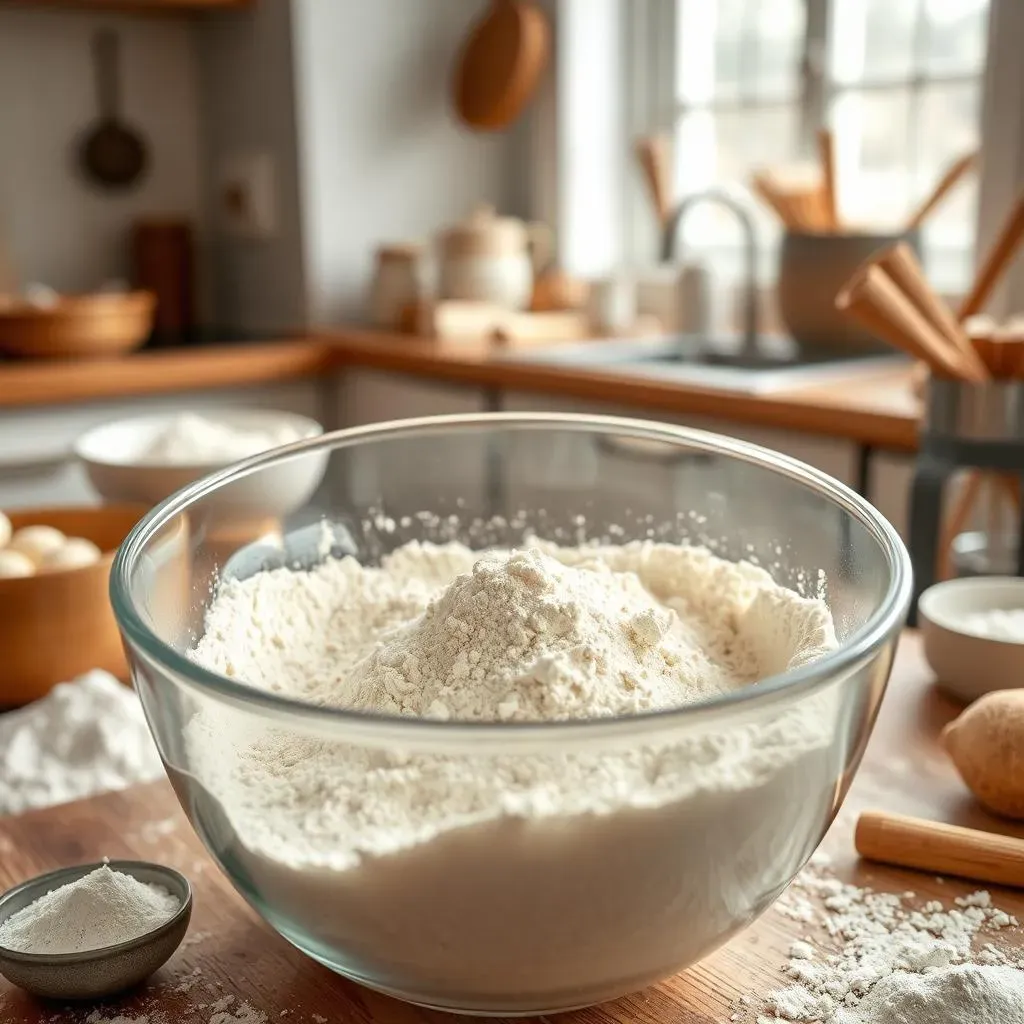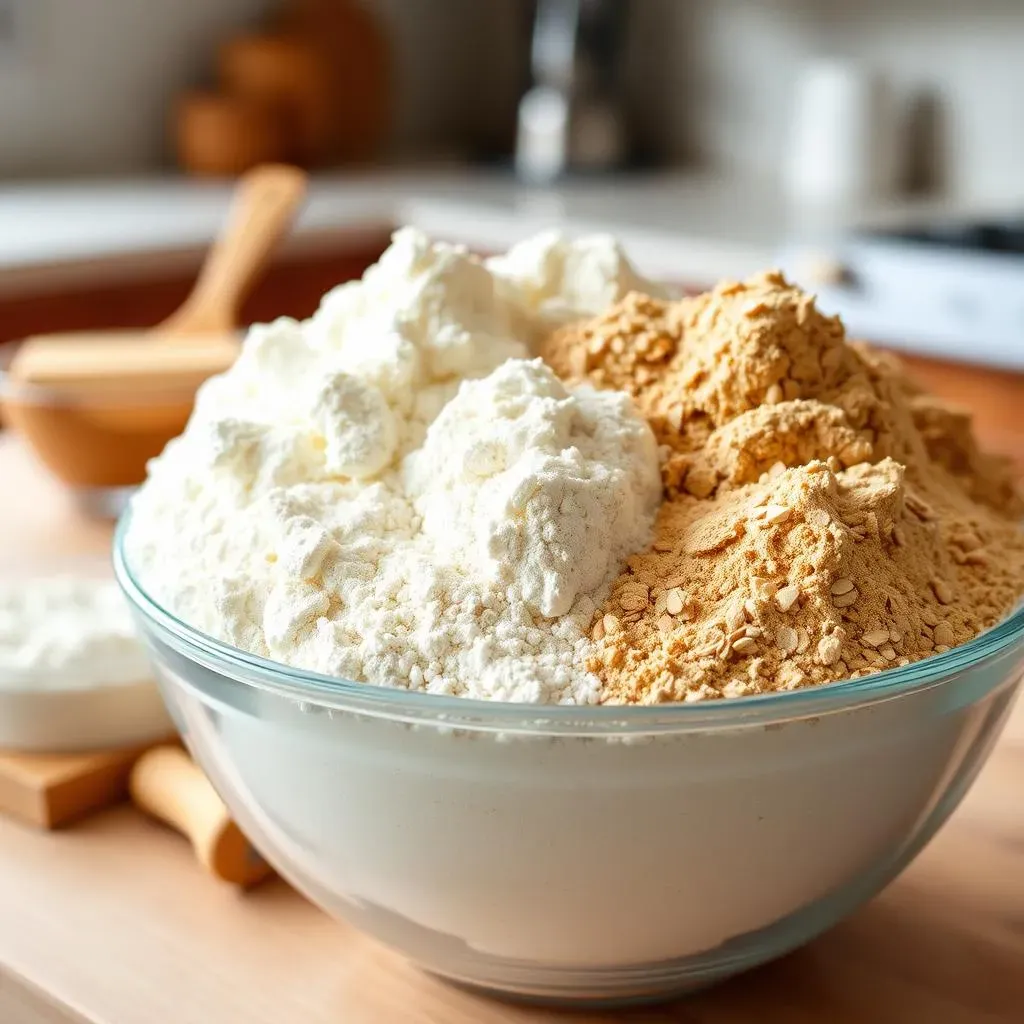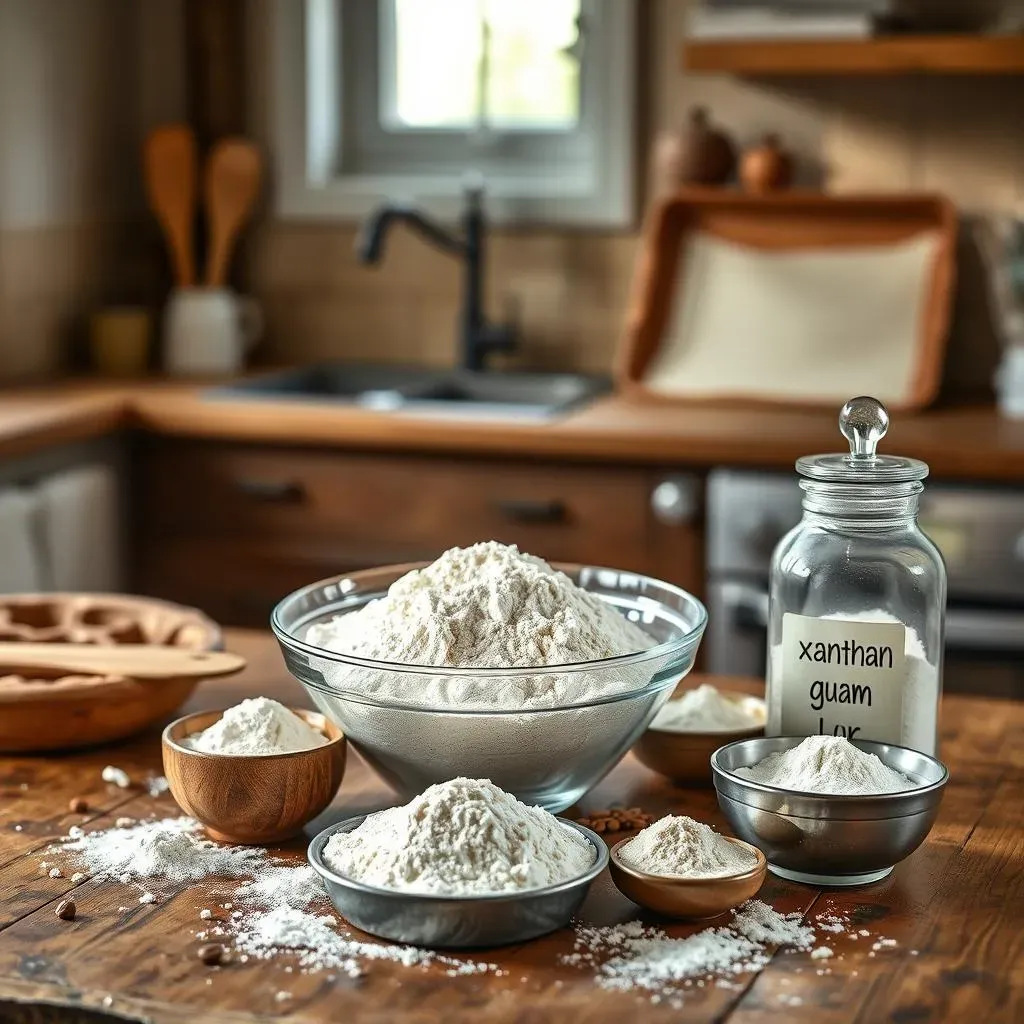Table of Contents
Are you looking for a reliable and easy-to-follow guide on how to make gluten-free flour mix? You're in the right place! In this article, we'll take you through the step-by-step process of creating your own gluten-free flour blend, perfect for baking and cooking. Learning how to make gluten-free flour mix is a game-changer for those with gluten intolerance or sensitivity, and it's also a great way to experiment with new flavors and recipes. We'll cover the essential ingredients, ratios, and tips for mastering the art of gluten-free flour mixing. Whether you're a seasoned baker or a beginner in the kitchen, this guide will walk you through the basics of how to make gluten-free flour mix and provide you with the confidence to create delicious and safe gluten-free treats. So, let's get started on this culinary journey and explore the world of gluten-free baking together!
Learning How to Make GlutenFree Flour Mix from Scratch
Learning How to Make GlutenFree Flour Mix from Scratch
Learning how to make gluten-free flour mix from scratch is an exciting journey that can open up a world of culinary possibilities. With a few simple ingredients and some basic knowledge, you can create your own custom gluten-free flour blends that are tailored to your specific needs and preferences. The first step in learning how to make gluten-free flour mix from scratch is to understand the different types of gluten-free flours that are available. Some popular options include rice flour, almond flour, coconut flour, and cassava flour, each with its own unique texture and flavor profile.
Gluten-Free Flour Type | Description | Uses |
|---|---|---|
Rice Flour | Light, delicate, and neutral-tasting | Cakes, cookies, and pastries |
Almond Flour | Nutty, rich, and high in protein | Cakes, cookies, and macarons |
Coconut Flour | High in fiber, absorbent, and slightly sweet | Baked goods, pancakes, and waffles |
Understanding the Basics of How to Make GlutenFree Flour Mix for Baking
Understanding the Basics of How to Make GlutenFree Flour Mix for Baking
Understanding Gluten-Free Flour Ratios
When it comes to understanding the basics of how to make gluten-free flour mix for baking, one of the most important things to consider is the ratio of different flours used. A general rule of thumb is to use a combination of 30-40% protein-rich flour, 30-40% starch-rich flour, and 30-40% fiber-rich flour. This ratio can be adjusted depending on the specific recipe and the desired texture and flavor of the final product. For example, if you're making a gluten-free cake, you may want to use a higher ratio of protein-rich flour to help it rise and give it structure.
Another important thing to consider when making gluten-free flour mix is the type of starch used. Some common starches used in gluten-free baking include potato starch, tapioca starch, and cornstarch. Each of these starches has its own unique properties and can affect the final texture and flavor of the product. For example, potato starch can help to add moisture and tenderness to baked goods, while tapioca starch can help to add structure and texture.
Flour Type | Ratio | Properties |
|---|---|---|
Protein-rich flour | 30-40% | Helps with structure and rise |
Starch-rich flour | 30-40% | Helps with texture and moisture |
Fiber-rich flour | 30-40% | Helps with texture and nutrition |
Choosing the Right Gluten-Free Flours for Baking
When it comes to choosing the right gluten-free flours for baking, there are many options to consider. Some popular gluten-free flours include rice flour, almond flour, coconut flour, and cassava flour. Each of these flours has its own unique properties and can be used in different ways to achieve the desired texture and flavor. For example, rice flour is a popular choice for baked goods because it is light and delicate, while almond flour is often used in cakes and cookies because it is rich in protein and has a nutty flavor.
In addition to considering the type of flour used, it's also important to consider the quality of the flour. Look for flours that are made from high-quality ingredients and are processed in a way that preserves their nutritional value. Some gluten-free flours may be fortified with additional nutrients, such as iron or B vitamins, which can be beneficial for people with gluten intolerance or sensitivity.
- Rice flour: light and delicate, often used in baked goods
- Almond flour: rich in protein, nutty flavor, often used in cakes and cookies
- Coconut flour: high in fiber, absorbent, often used in baked goods and pancakes
- Cassava flour: neutral flavor, high in starch, often used in baked goods and snacks
Mastering the Art of How to Make GlutenFree Flour Mix for Various Recipes
Mastering the Art of How to Make GlutenFree Flour Mix for Various Recipes
Understanding the Importance of Ratio and Proportion
Mastering the art of how to make gluten-free flour mix for various recipes requires a deep understanding of the importance of ratio and proportion. The right balance of protein-rich, starch-rich, and fiber-rich flours can make all the difference in the final product. For example, a gluten-free cake recipe may require a higher ratio of protein-rich flour to help it rise and give it structure, while a gluten-free bread recipe may require a higher ratio of starch-rich flour to help it hold its shape and texture.
The key to achieving the perfect ratio and proportion is to experiment and adjust the recipe as needed. This can be a trial-and-error process, but with practice and patience, you can develop a keen sense of how to balance the different flours to achieve the desired result.
Flour Type | Ratio | Properties |
|---|---|---|
Protein-rich flour | 30-40% | Helps with structure and rise |
Starch-rich flour | 30-40% | Helps with texture and moisture |
Fiber-rich flour | 30-40% | Helps with texture and nutrition |
Exploring the World of Gluten-Free Flours and Their Uses
There are many different types of gluten-free flours available, each with its own unique properties and uses. For example, almond flour is high in protein and has a nutty flavor, making it a popular choice for cakes and cookies. Coconut flour, on the other hand, is high in fiber and has a absorbent texture, making it a popular choice for baked goods and pancakes.
Understanding the different types of gluten-free flours and their uses is essential for mastering the art of how to make gluten-free flour mix. By experimenting with different flours and combinations, you can develop a range of recipes that cater to different tastes and dietary needs.
- Almond flour: high in protein, nutty flavor, popular for cakes and cookies
- Coconut flour: high in fiber, absorbent texture, popular for baked goods and pancakes
- Rice flour: light and delicate, popular for baked goods and desserts
Tips and Tricks for Achieving Success with Gluten-Free Flour Mix
Achieving success with gluten-free flour mix requires a combination of knowledge, practice, and patience. One of the most important tips is to always read the labels and choose high-quality flours that are free from additives and preservatives. Another tip is to experiment and adjust the recipe as needed, as different flours can behave differently in different recipes.
Additionally, it's essential to understand the role of xanthan gum and guar gum in gluten-free baking. These gums help to improve the texture and structure of gluten-free baked goods, and can make a big difference in the final result.
Conclusion: Mastering the Art of Gluten-Free Flour Mixing
In conclusion, learning how to make gluten-free flour mix is a simple yet powerful skill that can open up a world of culinary possibilities for those with gluten intolerance or sensitivity. By following the guidelines and tips outlined in this article, you'll be well on your way to creating your own gluten-free flour blends and baking delicious treats that are safe and enjoyable for everyone. Remember, the key to mastering gluten-free flour mixing is to experiment, be patient, and have fun with the process. With practice and patience, you'll be able to create a wide range of gluten-free baked goods that are not only delicious but also tailored to your unique tastes and dietary needs. So, go ahead, get creative, and start mixing your way to gluten-free baking success!